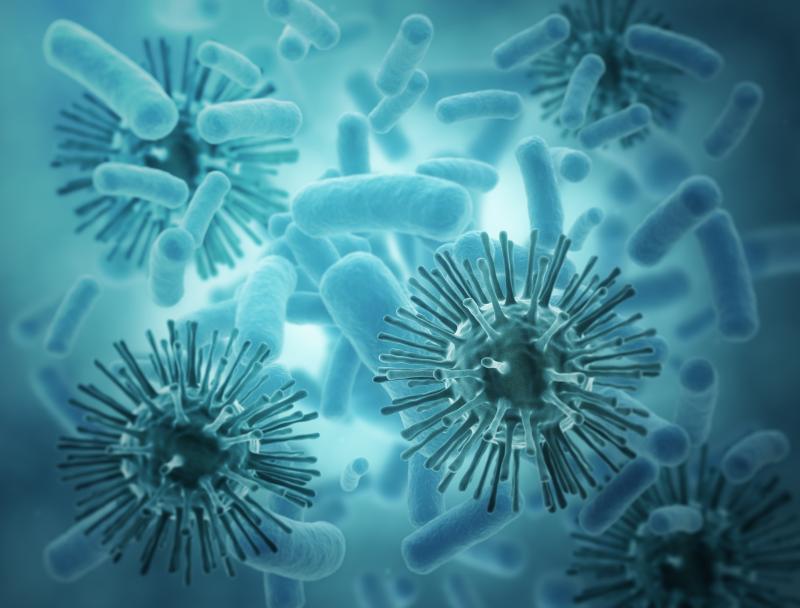
A recent study reports male sex, delayed hospital admission and invasive mechanical ventilation as risk factors for prolonged SARS-CoV-2 RNA shedding, reinforcing guidance that symptomatic coronavirus disease 2019 (COVID-19) patients should be hospitalized and treated early.
“The viral RNA excretion pattern in respiratory specimens during the process of SARS-CoV-2 infection has been analysed in limited studies… Higher viral loads were detected soon after symptom onset, while symptomatic and asymptomatic patients had similar viral load. It was suggested that the viral nucleic acid shedding pattern of patients with COVID-19 resembles that of patients with influenza and appears different from that seen in patients infected with SARS-CoV-1,” the investigators noted. [N Engl J Med 2020;382:1177-1179; J Infect Dis 2015;212:1420-1428; Lancet 2003;361:1767-1772]
In the current analysis, the investigators identified risk factors influencing the persistence of SARS-CoV-2 RNA shedding in a cohort of 113 symptomatic patients (median age, 52 years; 58.4 percent male) from two hospitals outside Wuhan, China. The median duration of SARS-CoV-2 RNA detection, as measured from onset of illness, was 17 days (interquartile range [IQR], 13–22 days).
When comparing early (<15 days) and late viral RNA clearance (≥15 days after illness onset), prolonged SARS-CoV-2 RNA shedding was related to male sex (p=0.009), old age (p=0.033), comorbid hypertension (p=0.009), delayed admission to hospital after illness onset (p=0.001), severe illness at admission (p=0.049), invasive mechanical ventilation (p=0.006), and corticosteroid treatment (p=0.025). [Clin Infect Dis 2020;doi:10.1093/cid/ciaa351]
Furthermore, relative to those with early viral clearance, patients with longer SARS-CoV-2 RNA shedding duration had slower recovery of body temperature (p<0.001) and focal absorption on radiograph images (p<0.001).
In logistic regression models, prolonged SARS-CoV-2 RNA shedding remained associated with male sex (odds ratio [OR], 3.24, 95 percent confidence interval [CI], 1.31–8.02), delayed hospital admission (OR, 1.30, 95 percent CI, 1.10–1.54) and invasive mechanical ventilation (OR, 9.88, 95 percent CI, 1.11–88.02).
The present data underscore that male patients need particular attention for their prolonged viral RNA shedding, which might be associated with poor treatment outcomes, the investigators said.
“Male patients usually had more severe symptoms at admission and longer viral RNA shedding than female patients with COVID-19. This observation may indicate that males are more severely affected ... by the SARS-CoV-2 infection. Studies from the SARS and Middle East Respiratory Syndrome (MERS) epidemic already indicated that there may be sex-related differences in disease outcomes,” they pointed out. [Ann Acad Med Singapore 2006;35:326-331; Int J Gen Med 2014;7:417-423]
“Women as a population are thought to be more immune-privileged than males, as they exhibit lower infection and mortality rates with infectious diseases and display higher responses to various types of vaccination than men. The specific mechanism may be related to sex hormones, which could modulate immunocompetence,” they added. [Aging Cell 2015;14:309-321; Hum Reprod Update 2005;11:411-423]
The sex-related difference might be also be related to the expression of human angiotensin-converting enzyme 2 (ACE2), which functions as a cell entry receptor for SARS-CoV-2, according to the investigators. [Nature 2020;579:270-273]
Additional research is needed to get a clearer picture of sex-related dimorphism of COVID-19 and virological dynamics during the process of illness, which should aid in the clinical management of infected patients, they said.